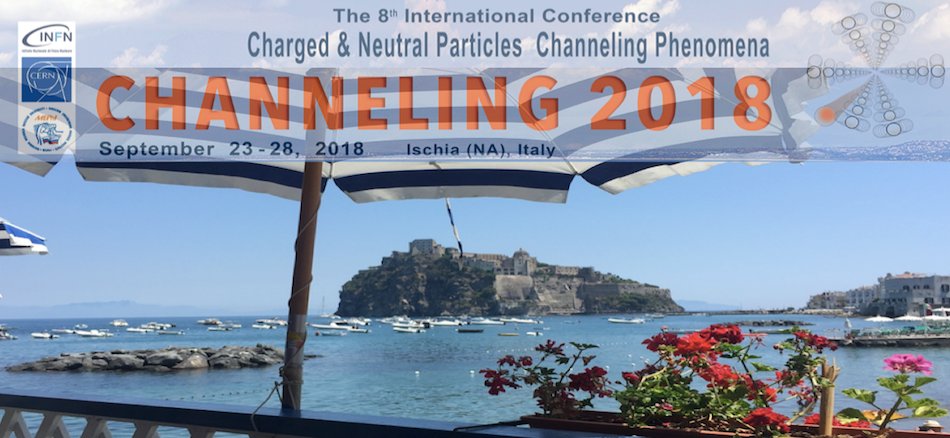Speaker
Dr
Behnam Azadegan
(Hakim Sabzevari University, Physics department)
Description
At ion accelerators, the neutron yield is investigated in dd reactions within a TiD2 crystalline under irradiation by a deuterium ion beam with the energy of less than 30 keV [1-8]. To study such reaction with an ultralow collision energy, there is a need in the information on the yield of neutrons in the reaction d(d,n)3He versus the angular and spatial distribution of particles during the channeling process in thin crystals. The authors of [9] performed the computer simulation of the dd reaction in TiD2 crystals and presented the results of computer simulations but they ignored the distribution of deuterons inside TiD2 crystal. They presented trajectories and spatial distribution of the deuterium ions channeled in the (200) Ti crystal instate of the TiD2 crystal. In our work we calculated the continuum potential of TiD2 for two different structures of TiD2. The probability of increasing the yield of neutrons is studied depending on the energy, the angular and spatial distribution of the incident deuterons during the dd reaction in TiD2 crystals, using computational modeling. The trajectories of deuterons in the crystal were modeled using our developed computer code with Mathematica. The results of the theoretical study concerning the effect of planar channeling of ultralow energy deuterons on the relative probability of dd-synthesis are in good agreement with the experimental data.
[1] J. Kasagi, H. Yuki, T. Baba, T. Noda, T. Ohtsuki, A.G. Lipson, J. Phys. Soc. Japan 71 (2002) 2881.
[2] A. Huke, K. Czerski, P. Heide, Nucl. Instr. Meth. B 256 (2007) 599.
[3] K. Czerski, A. Huke, L. Martin, N. Targosz, D. Blauth, A. Górska, P. Heide, H. Winter, J. Phys. G: Nucl. Part. Phys. 35 (2008) 014012.
[4] G. Ruprect, K. Czerski, D. Bemmerer, P. Heide, Phys. Rev. C 70 (2004) 025803.
[5] A. Huke, K. Czerski, P. Heide, G. Ruprecht, N. Targosz, W. Zebrowski, Phys. Rev.C 78 (2008) 015803.
[6] V.M. Bystritsky, Vit. M. Bystritskii, G.N. Dudkin, M. Filipowicz, S. Gazi, J. Huran, A.P. Kobzev, G.A. Mesyats, B.A. Nechaev, V.N. Padalko, S.S. Parzhitskii, F.M. Pen’kov, et al., Phys. At. Nucl. 75 (2012) 5.
[7] V.M. Bystritsky, Vit.M. Bystritskii, G.N. Dudkin, M. Filipowicz, S. Gazi, J. Huran, A.P. Kobzev, G.A. Mesyats, B.A. Nechaev, V.N. Padalko, S.S. Parzhitskii, F.M. Pen’kov, et al., Phys. At. Nucl. 75 (2012) 913.
[8] V.M. Bystritsky, Vit.M. Bystritskii, G.N. Dudkin, M. Filipowicz, S. Gazi, J. Huran,A.P. Kobzev, G.A. Mesyats, B.A. Nechaev, V.N. Padalko, S.S. Parzhitskii, F.M. Pen’kov, et al., Nucl. Phys. A 889 (2012) 93.
[9] T.A. Tukhfatullin, Yu.L. Pivovarov, G.N. Dudkin, Y.L. Eikhorn, S.I. Kuznetsov, Nucl. Instr. Meth. B 402 (2017) 236.
Primary author
Dr
Behnam Azadegan
(Hakim Sabzevari University, Physics department)
Co-author
Prof.
Sultan Dabagov
(LNF)

